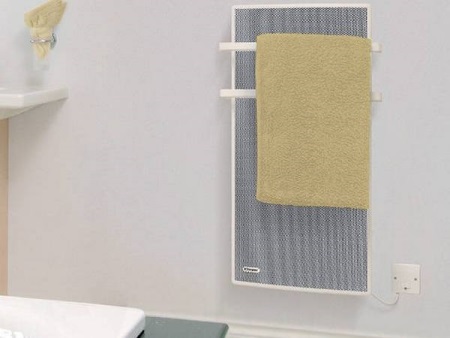Bathroom heaters
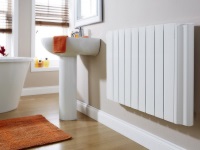
How important is the heating of the bathroom in winter! When you come out of a warm bath or a warm shower, you want to find yourself in a similarly warm room. And for families with children, heating the bathroom becomes a must. Basically, heaters, radiators and radiators are used as bathroom heating devices. However, now there are a lot of other effective ways to heat bathrooms, about which we will tell in this article.
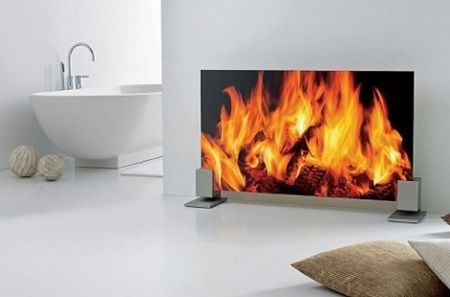
Requirements
Absolutely all types of bathroom heaters must meet the following requirements:
- They must be adapted to work in conditions of high humidity, that is, protected from water splashes, sudden changes in temperature and the emergence of corrosion.
- Should take up as little space as possible, since bathrooms are usually small, and each area in it already has its own purpose.
- Must have the necessary power, sufficient for heating the bathroom.
- The power of the heater must be safe both for the room itself and for people living in the house, especially children.
- Heating devices should look aesthetic and beautiful. It would be good if they will match the style of the interior and not spoil the overall background.
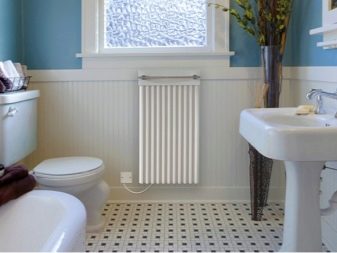
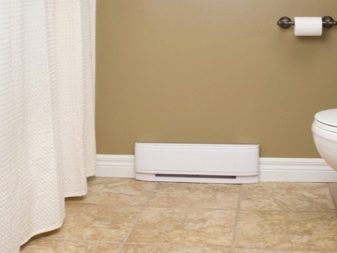
Types of .
Fortunately, there are now quite a few devices for insulation of bathrooms. Let's consider them in detail.
Water heating radiators made of aluminum and copper
To replace the old heavy clogged cast-iron radiators, rather lightweight, aesthetically pleasing radiators made of aluminum and copper have been invented. Unlike their predecessors, they heat up very quickly, and accordingly the room is heated in a shorter period of time. Radiators of this kind come in aluminum and copper-aluminum radiators. Thanks to the design of these radiators, the necessary degree of humidity is maintained in the room. They also cost less and weigh much less than cast iron radiators, which simplifies the installation process.
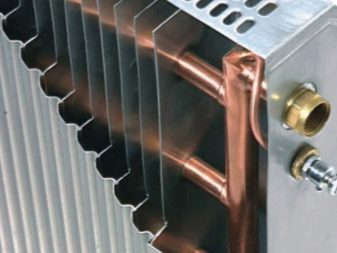
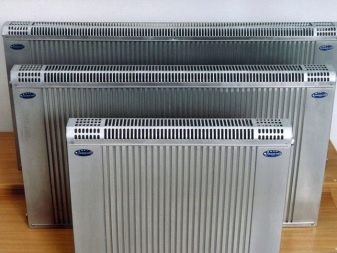
Panel (infrared).
They differ from conventional electric heaters in that they do not heat the air in the room, but directly the walls and floor. The place of fixing the panel heater is the ceiling. This device mainly consists of a radiant plate and a quartz radiator. Heated to 260 ° C, the plate with a quartz radiator sends infrared rays to the floor, walls, objects and people.
This device does not occupy absolutely no space. It heats quickly and turns off by itself if it reaches a high temperature. Another important advantage of the panel heater is that you can choose the direction of the infrared rays yourself, heating parts of a large bathroom or other room. This saves a lot more electricity by not wasting it, but on specific items. At the same time it can work at any level of humidity.
However, be sure to specify that the chosen option is suitable for the bathroom, as some models are designed exclusively for residential and office spaces. Despite the fact that the cost of panel heaters is somewhat higher than other types of heating systems, their long service life and ease of use will pay for all the costs of purchase.
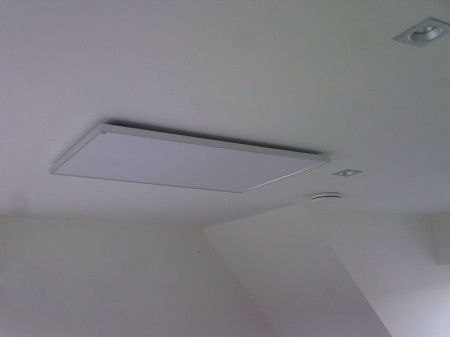
Convective-infrared modular
As in other devices, the main part of such a heater is a heating element, consisting of a special powder with a nichrome thread inside. The heating part is covered by a silumin housing, which is shaped like a black glass-ceramic panel. This appliance is considered a wall-mounted device. Externally, it looks quite stylish and modern.
Thanks to the modular design, you can change both the size and power of the device. Temperature adjustment and mode change are accomplished with a thermostat and control panel. The heater can be heated up to 350° C inside and the casing up to a maximum of 60° C. The device is characterized by high electrical safety and is suitable for use in rooms with high humidity.
There is a modification of this heater, which works without infrared rays. It is also characterized by a modular design, but looks like a transparent panel with horizontally directed louvers. The warm air coming out of the panel is similar to the warm air from a fan heater, with no moving parts or noise in the device.

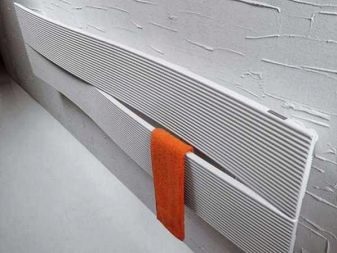
Oil
One of the most popular types of heaters are oil radiators. They can also be seen in apartment and private homes, as well as in offices. They are easy to move, so often the bathroom is heated with this device. They are safe and have a power of 1000-2500 watts. They consist of a metal housing in which there is an electric coil. The rest of the internal space of the body is filled with mineral oil.
Electricity heats the coil, the heat of which is transferred to the oil. Because of the boiling oil heats the body itself, and then the air of the room.
Oil radiators are usually constructed of small metal sections, resembling the shape of ribs. The power of heat transfer depends on their number. An automatic sensor regulates the temperature of the radiator. When overheating, it stops the work, and when the temperature drops, back on the heater.
The advantages of such a heater are:
- high, but at the same time safe maximum temperature (600 degrees Celsius);
- no sound when using; availability of an autotimer; equipped with wheels, with which it is easy to move the heater from one place to another, and from one room to another.

Oil radiators that heat up to 1200 C and do not have a thermostat are considered unsafe. Some models are equipped with an air ionizer. It provides humidity in the room and prevents the air from drying.
The disadvantage of oil heaters is that they are slower to heat up than other types of heaters. Also, their size requires some space in the room. You can also come across these models, which spread an unpleasant odor during operation.
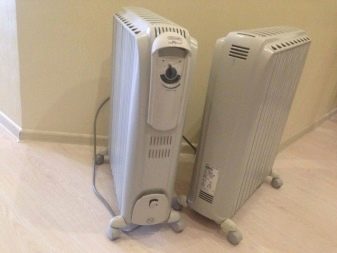
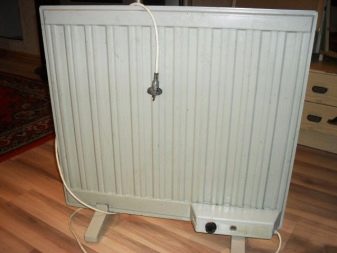
Convector heater (electric convector)
Convector heater heat residential, office and other rooms. It has a power up to 2500 W. It consists of a rectangular metal body and a heating coil inside. Passing through the heating part, the cold air turns into warm air. Returning to the radiator, the air heats the device itself. Convector heaters are installed on the floor and on the walls. Their efficiency is increased if you put them underneath.
Models equipped with a ceramic heating element do not burn the air. Also applicable for the bathroom produce special models that can work in high humidity. Thus, the advantages of convector heater is: the absence of noise when working, the ability to move, rapid heating, long-term preservation of temperature, the ability to connect multiple electric convectors in a single network, an economical waste of electricity, moisture-resistant housing, safety, beautiful design.
The only disadvantage is the need for a built-in fan, which must accelerate the warming of the room. However, in this case, the device will work with noise. It should also be noted about the latest innovation among convector heaters, which is called a film convector. Externally, it looks like a roll, hangs either on the walls or on the doors or windows.

Fan heater
Undoubtedly, this type of heater is the easiest and most affordable, both in terms of price and other parameters. This is the fastest way to insulate small rooms. That is why it is often put in the bathroom. The power of the fan heater varies from 2000 to 2500 watts. Heaters come in different shapes, but usually small in size.
Because they are compact and lightweight, they can be installed on the floor, on walls, and even on the surface of flat furniture or window sills. The fan heater consists of a plastic housing, a fan and a heating coil. The heat from the heated coil (reaches a maximum of 800 degrees Celsius) with the help of the fan is transmitted outside, that is, into the room. Thus, the advantages of fan heaters include: their rapid heating of the room, easy operation, small size, attractive appearance.
Disadvantages include: annoying noise from the fan while the unit is running, as well as an unpleasant odor that occurs if dust collects on the coil.
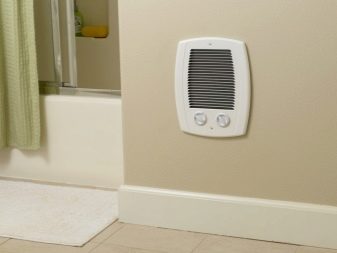
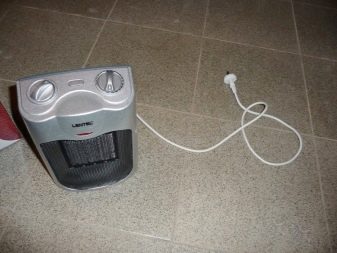
Inverter air conditioner (air-to-air heat pumps)
Represents equipment that draws in fresh air from the street, makes it warm, and transfers it into the home. This task is performed by the inventory pump. The work of such a device is considered the most environmentally friendly, in view of the fact that the device does not produce harmful substances during operation.
First of all, the fact that in one device combines both the heating appliance and air conditioner is one of its advantages. Secondly, inverter conditioner has the highest coefficient of efficiency. It is able to work in such conditions, when it is 20 degrees Celsius outside. The main disadvantage is their high cost.
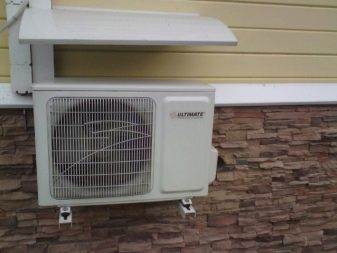
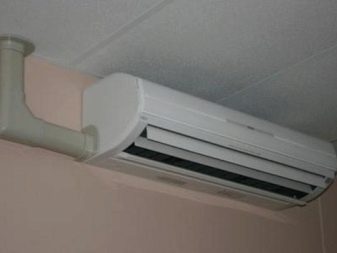
Cast-iron battery
Quite a familiar option for heating the room, in addition, it is cheaper compared to other types. Resistant to damage, durable and reliable option that will last for many years. The disadvantage is a weak heat output and heavy weight.
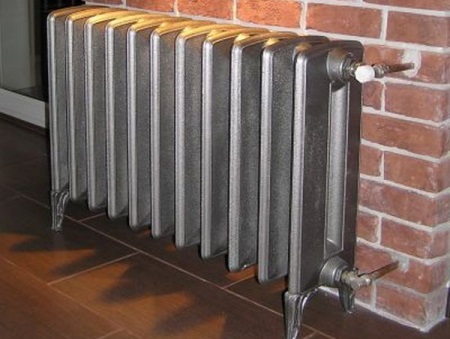
Steel battery
It is a very practical element for heating. Characterized by high heat output, ease of installation and high thermal inertia. The disadvantage is the sensitivity of metal to moisture.
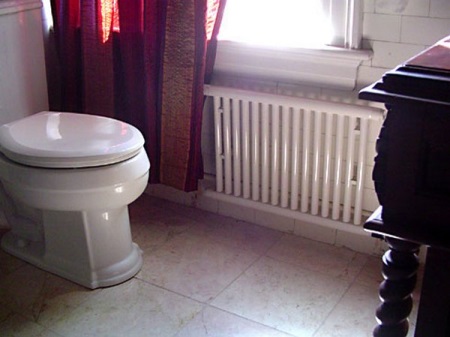
Calculate the necessary power
The power of the heating device is its most important characteristic. Guided by this indicator, it is necessary to buy a heater for a particular room. In order to determine the power, you need to know the area of the room.
Below is a small list with the indicators of the area to be heated, and the power required for this:
- For 5-6 square meters you will need 500 watts.
- For 7-9 sq.m. you will need 750 watts.
- For 10-12 sq ft. You will need 1,000 watts.
- For 12-14 sq. ft. you will need 1250 watts.
- For 15-17 sq. ft. you will need 1500 watts.
- For 18-19 sq. ft. you will need 1750 watts.
- For 20-23 square feet, 2,000 watts will be needed.
- For 24-27 square meters, 2500 watts will be needed.
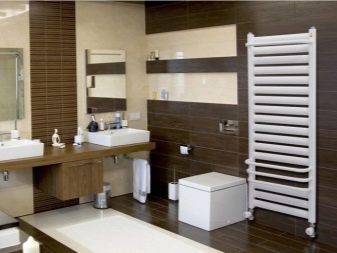
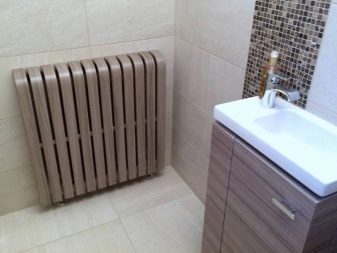
Additional methods of heating the bathtub
In addition to the aforementioned ways of heating your bathroom, there are a few more unconventional ways:
- Bathroom heating with underfloor heating;
- Using the "hot baseboards" system;
- Towel rail ..
The first method involves keeping the bathroom warm with underfloor heating, which is done by means of electric cables laid in loops in the floor layers. This method, like other methods, has a number of advantages and disadvantages. The disadvantages of underfloor heating include, quite common doubts about the safety of electric current underfoot, i.e. about insulation and contacts; about electromagnetic fields, which can be harmful to health, as well as the expensive purchase and installation costs of such a system. In addition, the installation of the underfloor heating system requires increasing the thickness of the existing floor by a few more centimeters, which is undesirable for bathrooms with a height of 2.5 meters.
The advantages of this method include comfort, ease of operation and reliability. In addition, the said doubts about the safety of the system are not justified, and the guarantee of its regular work reaches 15 years.
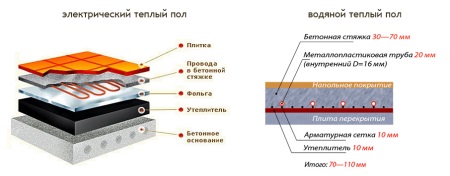
Despite the fact that the system itself is not cheap, it is quite economical:
- thanks to the thermostat, the heating is turned on for a short time.
- The system heats the entire bathroom evenly and frees you from having to put up other heaters that take up, if little, enough space in the bathroom.
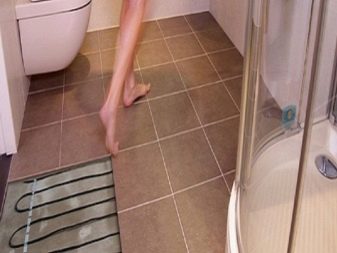
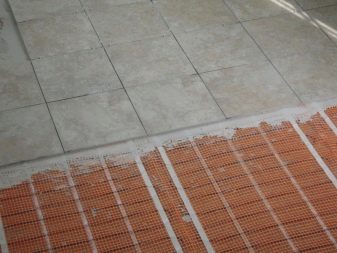
"Hot baseboards."
The essence of the system is that instead of the usual baseboards, special sections with a heating element inside are placed on the floor of the room, which look like an ordinary baseboard. The sections are made of porous stone, and they are characterized by high strength, resistance and moisture resistance. This way of heating the bathroom is very effective and at the same time takes absolutely no space.
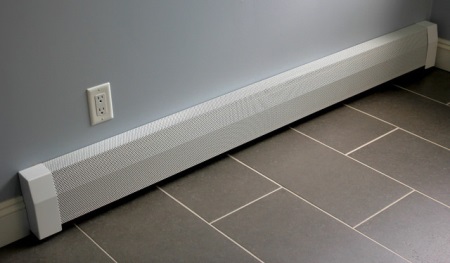
Towel rail
There is a distinction between towel heaters electric and working on the principle of water heating. You can not say that they are good for heating the bathroom, but they are able to maintain a positive temperature in the room. They need to be combined with other ways to heat the bathroom. For example, with a warm floor.
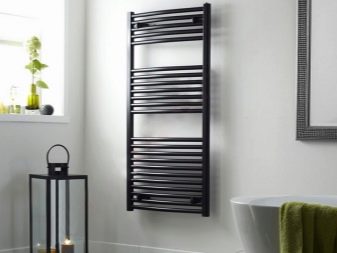
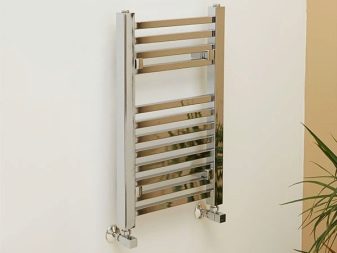
How to choose the best radiator?
Before you buy any type of heater, first decide on your budget and clearly state your requirements for the heater. Do not forget about the general requirements for all heating methods.
About the ways of heating the bathroom is best to think about at the stage of the repair, because then you can not limit yourself in your choice and install the most convenient, efficient and modern type of heater. In any case, find out about all the pros and cons of the chosen option.
